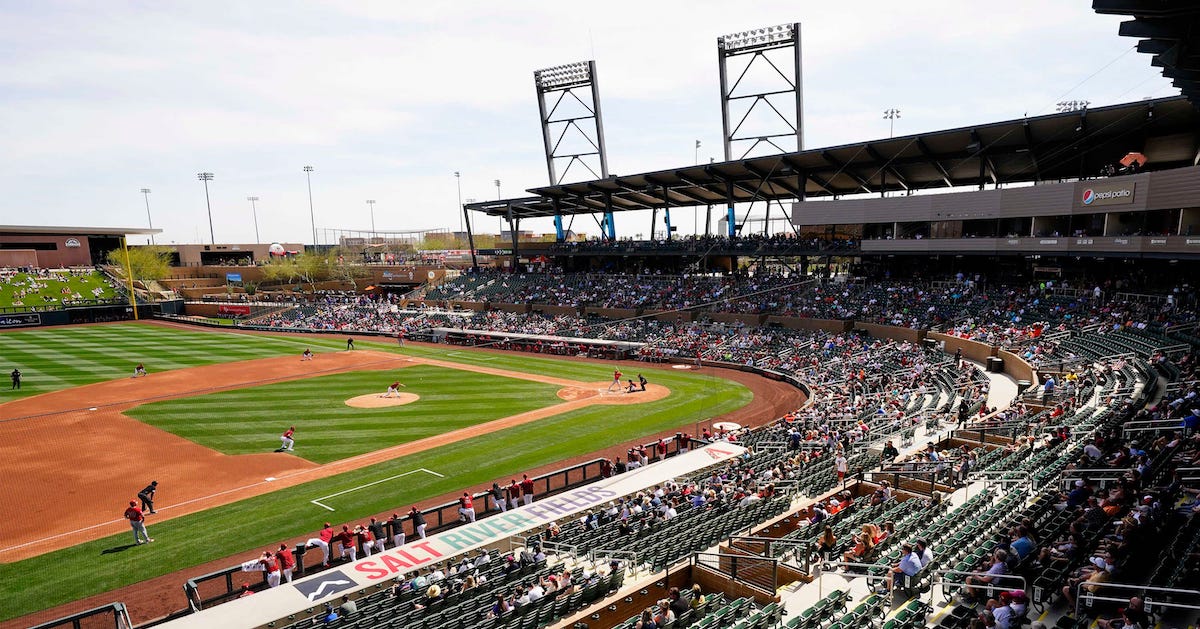Cardinals Rookie Zack Thompson Has a Quality Curveball

The Learning and Developing a Pitch series is back for another season, and we’re once again hearing from pitchers on a notable weapon in their arsenal. Today’s installment features St. Louis Cardinals rookie left-hander Zack Thompson on his big-bending curveball.
Drafted 19th overall in 2019 out of the University of Kentucky, the 24-year-old Thompson made his major league debut on June 3, and he’s gone on to log a 3.31 ERA and a 4.05 FIP over 16-and-a-third innings. Working primarily out of the bullpen, he’s allowed 13 hits, issued five free passes, and fanned 13 batters. No. 9 on our newly-released St. Louis Cardinals Top Prospect list, Thompson has thrown his arguably-best-in-the-system curveball 32.8% of the time.
———
Zack Thompson: “Growing up, my dad was always protective of me throwing breaking balls, so I didn’t start throwing one until I was a junior in high school. That’s when we began messing around with a curveball. We started out duct-taping two tennis balls together — my high school pitching coach, Jason Dudley, came up with the idea — and I just kind of flipped those to get the shape. It’s actually a lot easier to get feedback off of that. That’s kind of how it got started for me, and I ran with it from there.
“As I got older, I obviously started refining it more. The shape has essentially stayed the same, although I did have to cut down a little bit on the movement. That happened in college. Honestly, it was just too big. It was also too slow. Cutting down on the movement, my command got better, and the pitch also got a little bit sharper. Read the rest of this entry »







